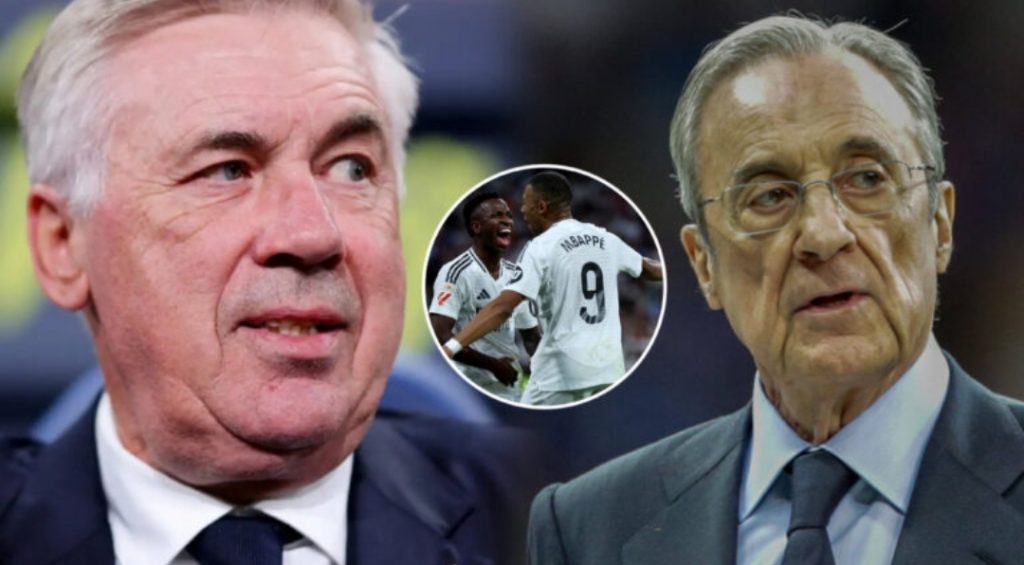Jesús Vallejo’s journey at Real Madrid has been nothing short of a rollercoaster. Joining the club in 2017 from Real Zaragoza, he was once considered one of Spain’s brightest defensive prospects. Fast forward to 2025, Vallejo now holds the unwanted distinction of being the club’s lowest-paid player, earning €1.8 million annually, or €150,000 per month. This modest salary is a stark contrast to the financial rewards enjoyed by other squad members, including promising young recruits like Endrick and Arda Güler.
Endrick, a teenage sensation from Brazil, earns €4.16 million per year, while Turkish prodigy Arda Güler pockets €5.2 million. Even backup players such as Andriy Lunin (€4.5 million) and Fran García (€5.21 million) earn significantly more than Vallejo. This disparity in wages is surprising, considering Vallejo’s experience and the role he played in Real Madrid’s success over the years. However, it also reflects his reduced importance within the squad.
Vallejo’s early days at Real Madrid were filled with promise. At the time of his signing, he was heralded as a future leader of the defense, with his performances at Real Zaragoza earning him rave reviews. However, his career at the Santiago Bernabéu never quite took off. Injuries, inconsistent performances, and competition from more established defenders saw him relegated to the bench for much of his tenure.
Under Zinedine Zidane, Vallejo’s contributions were primarily limited to backup roles during the 2017-2018 season. While he earned praise for his professionalism and readiness to step in when called upon, he could not displace the likes of Sergio Ramos or Raphaël Varane. Over time, Real Madrid’s defensive setup evolved, with new players arriving and Vallejo finding himself further down the pecking order.
The current season has been particularly challenging for Vallejo. So far, he has only managed 11 minutes of game time in La Liga, and he wasn’t even included in the squad for the King’s Cup clash against La Deportiva Minera. These statistics highlight his diminished role under Carlo Ancelotti, who seems to prefer other options in defense. Despite his lack of playing time, Vallejo has remained professional, diligently training with the squad and staying prepared for any opportunity.
Reports from Spanish radio station Cope suggest that Real Madrid is keen to offload Vallejo during the winter transfer window. The club’s management sees his departure as a way to free up a valuable squad spot and reduce the wage bill. However, Vallejo is determined to stay. His contract runs until June 2025, and he has made it clear that he has no intention of leaving mid-season.
This standoff between Vallejo and the club reflects a broader dilemma in modern football: the clash between player loyalty and club pragmatism. Vallejo’s insistence on honoring his contract is commendable, but it puts him at odds with Real Madrid’s efforts to streamline the squad. For a player who has always given his all for the team, this situation must be deeply frustrating.
Despite his lack of game time, Vallejo’s commitment to Real Madrid remains unwavering. He has publicly expressed his desire to prove his worth and contribute to the team’s success, even in a limited role. His determination is a testament to his professionalism and love for the club, but it also underscores the challenges faced by players on the fringes of elite squads.
For Real Madrid, the decision to move on from Vallejo is purely strategic. The club is focused on building a younger, more dynamic squad capable of competing at the highest level. In this context, Vallejo’s continued presence is seen as an obstacle rather than an asset. While his experience and leadership qualities are undeniable, they no longer align with the club’s vision for the future.
The financial aspect of Vallejo’s situation cannot be ignored. His relatively low salary, while modest by Real Madrid standards, still represents a significant expense for a player who contributes so little on the pitch. By offloading him, the club could allocate resources to areas that need strengthening, such as midfield depth or attacking reinforcements.
Vallejo’s predicament is a poignant reminder of the ruthless nature of modern football. At clubs like Real Madrid, where success is non-negotiable, there is little room for sentimentality. Players who fail to meet the club’s lofty standards are quickly cast aside, regardless of their past contributions. For Vallejo, this reality has become all too apparent.
However, Vallejo’s determination to stay at the club has also won him admirers. Among fans and pundits, there is a sense of respect for his unwavering commitment to Real Madrid. In an era where players often prioritize personal gain over loyalty, Vallejo’s stance is refreshing. It also raises important questions about the value of loyalty in a sport increasingly driven by money and results.
The coming weeks will be crucial for Vallejo and Real Madrid. The January transfer window presents an opportunity for the club to find a solution to this impasse. Whether that involves Vallejo finally agreeing to leave or the club accommodating his decision to stay remains to be seen. Either way, the outcome will have significant implications for both parties.
For Vallejo, staying at Real Madrid offers a chance to fight for his place and leave on his own terms. For the club, moving him on would signal a commitment to their long-term goals. Balancing these competing interests will require careful negotiation and a willingness to compromise.
Ultimately, Vallejo’s story is a microcosm of the challenges faced by players and clubs at the highest level of football. It is a tale of ambition, loyalty, and the harsh realities of the modern game. Whatever the future holds, Vallejo’s legacy at Real Madrid will serve as a testament to his resilience and dedication.

